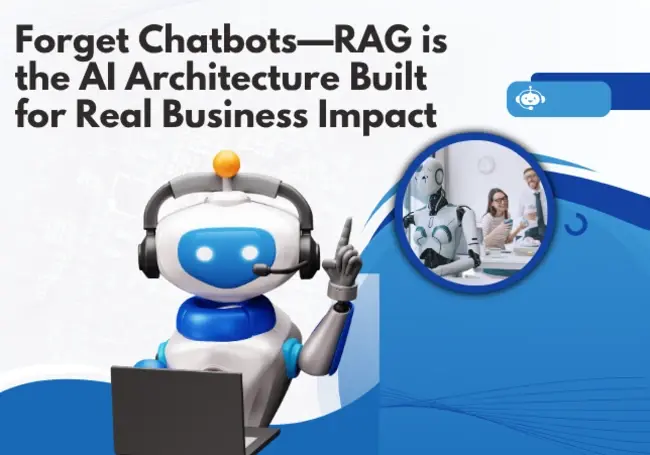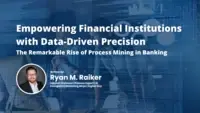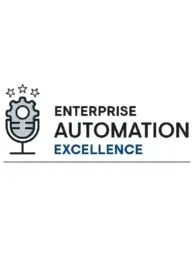
The AI gold rush has officially entered its disillusionment phase. Budgets are tightening, pilot projects are under scrutiny, and enterprise leaders are asking the right question: Where’s the return?
Yet beneath the hype cycle, a transformative architectural pattern is quietly delivering real ROI across industries. It’s not another chatbot or black-box model—it’s Retrieval-Augmented Generation (RAG). For enterprises serious about operationalizing AI, RAG marks a pivotal evolution from generic language models to domain-specific, high-accuracy systems that generate answers grounded in enterprise knowledge.
What Is Retrieval-Augmented Generation?
RAG combines two powerful concepts:
Retrieval – Pulling contextually relevant documents from your organization’s data sources (contracts, policies, manuals, etc.).
Generation – Feeding that data into a large language model (LLM) to generate a natural language response, grounded in retrieved facts.
This dual approach solves the biggest problems enterprises face when using LLMs: hallucination, lack of source attribution, and outdated information.
In short, RAG systems are accurate, auditable, and tailored to your business—not just “smart.”
Why This Matters for the Enterprise
Traditional LLMs operate as probabilistic engines. They know what language “looks like,” but not whether it’s true, compliant, or relevant. In a consumer chatbot, that’s fine. But in regulated industries—pharma, government, insurance, legal—trust and traceability are non-negotiable.
RAG brings grounding and context. Instead of guessing, it looks up. It doesn't just answer questions—it defends them with citations, document IDs, timestamps, and structured reasoning.
That makes it far more than a chatbot. It’s a knowledge worker copilot, designed to operate within the constraints and logic of your organization.
Four Real-World Use Cases Delivering Measurable ROI
1. Pharmaceutical Regulatory Compliance
One global life sciences company deployed RAG to assist its regulatory affairs team with FDA and EMA submissions. By querying thousands of SOPs, past trial documents, and submission templates, the AI assistant can now answer:
“Have we used this excipient in any prior formulation submitted between 2020–2022?”
What once required days of review is now handled in seconds, with links to all relevant documents.
📈 ROI: Reduced submission prep time by 65%, while improving audit defensibility.
2. Insurance Claims Intake and Policy Interpretation
A national insurer integrated RAG into its claims adjudication workflow. Claims handlers now ask questions like:
“Was orthodontic treatment covered under John Smith’s plan as of March 2024?”
The system retrieves and summarizes policy terms, exceptions, and coverage clauses—complete with document citations.
📈 ROI: 40% improvement in claims processing time, increased policyholder satisfaction, and reduced escalation to legal review.
3. Public Records and FOIA Response Automation
A state government agency faced a growing backlog of FOIA (Freedom of Information Act) requests. Each request required careful document discovery, redaction of sensitive information, and compliance with release guidelines.
With RAG, the agency deployed an assistant trained on data governance policies and document archives. Staff can now ask:
“Find vendor contracts from April 2019 and redact any personal identifiers.”
The system surfaces relevant files, flags PII based on internal rules, and provides a justification trail.
📈 ROI: 60% faster FOIA request processing, improved transparency, and reduced risk of accidental data leaks.
4. Financial Services: Risk and Controls Reporting
A multinational bank deployed RAG to help analysts generate operational risk and internal controls reports. The assistant dynamically pulls data from past incidents, policy documents, and regulatory notices.
When asked:
“Summarize Q1 2024 incidents that breached operational thresholds,”
The system provides a structured summary, highlighting impacted controls, dollar exposure, and remediation steps—with all sources linked.
📈 ROI: Cut reporting cycles by 50%, improved internal audit readiness, and standardized narrative consistency.
Why RAG Outperforms Traditional Chatbot Architectures
Most AI deployments today are stuck in the “FAQ bot” mindset: narrow, shallow, and usually divorced from real business processes. They fail not because the tech is broken—but because the implementation is generic.
RAG flips that model. It delivers domain-specific intelligence by pulling from your own data. You don’t need to train a model on everything—you only need to retrieve what matters. And that makes the solution exponentially more scalable, secure, and adaptable.
In other words: RAG isn’t about sounding smart. It’s about making your organization smart.
How to Implement RAG in Your Enterprise
RAG isn’t plug-and-play, but it’s far more achievable than building custom models from scratch. Focus on three foundational pillars:
Data Readiness: Ensure documents are digitized, indexed, and semantically chunked.
Vector Search Infrastructure: Tools like Pinecone, Vespa, or Azure Cognitive Search are essential for precision retrieval.
Governance and Feedback Loops: All outputs must be explainable, traceable, and improvable through human-in-the-loop feedback.
With existing platforms like Haystac, Microsoft Copilot, or AWS Bedrock now offering modular RAG components, the barrier to entry has dropped significantly.
Final Word: From Curiosity to Capability
Enterprise AI doesn’t fail because of poor models—it fails because of poor questions and shallow integrations. RAG changes that. It enables us to ask deeper, domain-specific questions and receive answers grounded in the truth of our business.
If you're still piloting AI with chatbots that don’t understand your products, your policies, or your risks—it’s time to move up the maturity curve.
Retrieval-Augmented Generation is your bridge between the promise of AI and the precision of enterprise operations.
It’s not just a tech play. It’s a strategy shift.













Comments ( 0 )